Exploring Different Styles of Interior Design
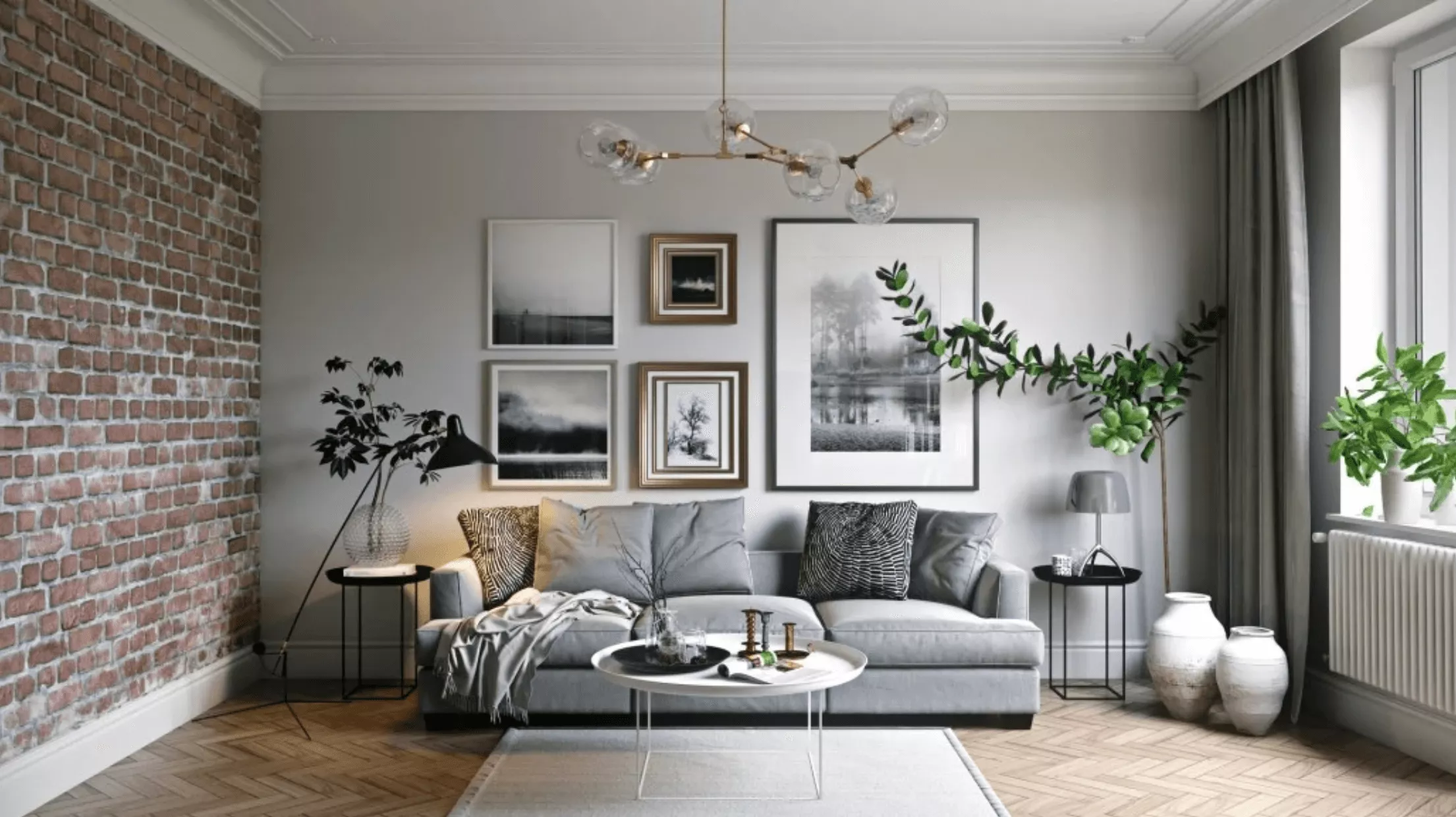
Interior design is a fascinating field that allows us to transform our living spaces into unique reflections of our personal tastes and preferences. From classic elegance to bold retro designs, from serene Zen aesthetics to the tropical vibes of coastal living, there are numerous styles to choose from. In this article, we delve into eight distinct interior design styles, exploring their defining characteristics, key elements, and the ambiance they create. Whether you’re planning a home makeover or seeking inspiration for a project, join us on this design journey to discover the diverse and captivating world of interior design.
Most Popular Interior Design Styles
In this home decoration article, you can find the 7 different most popular types of interior design styles with pictures to get the idea to design your home in a perfect way.
- Clastic interior design
- Gothic interior design
- Retro interior design
- Antique interior design
- Zen interior design
- Victorian interior design
- Coastal interior design
- European style design
Each design’s has its own characteristic and needs different budget and space that we have explained. We hope to help you pick the right decision. The good news is the list will be updated soon, but you can read more blogs about popular and special styles of interior design on Flooring Outlet and More.
Classic Interior Design
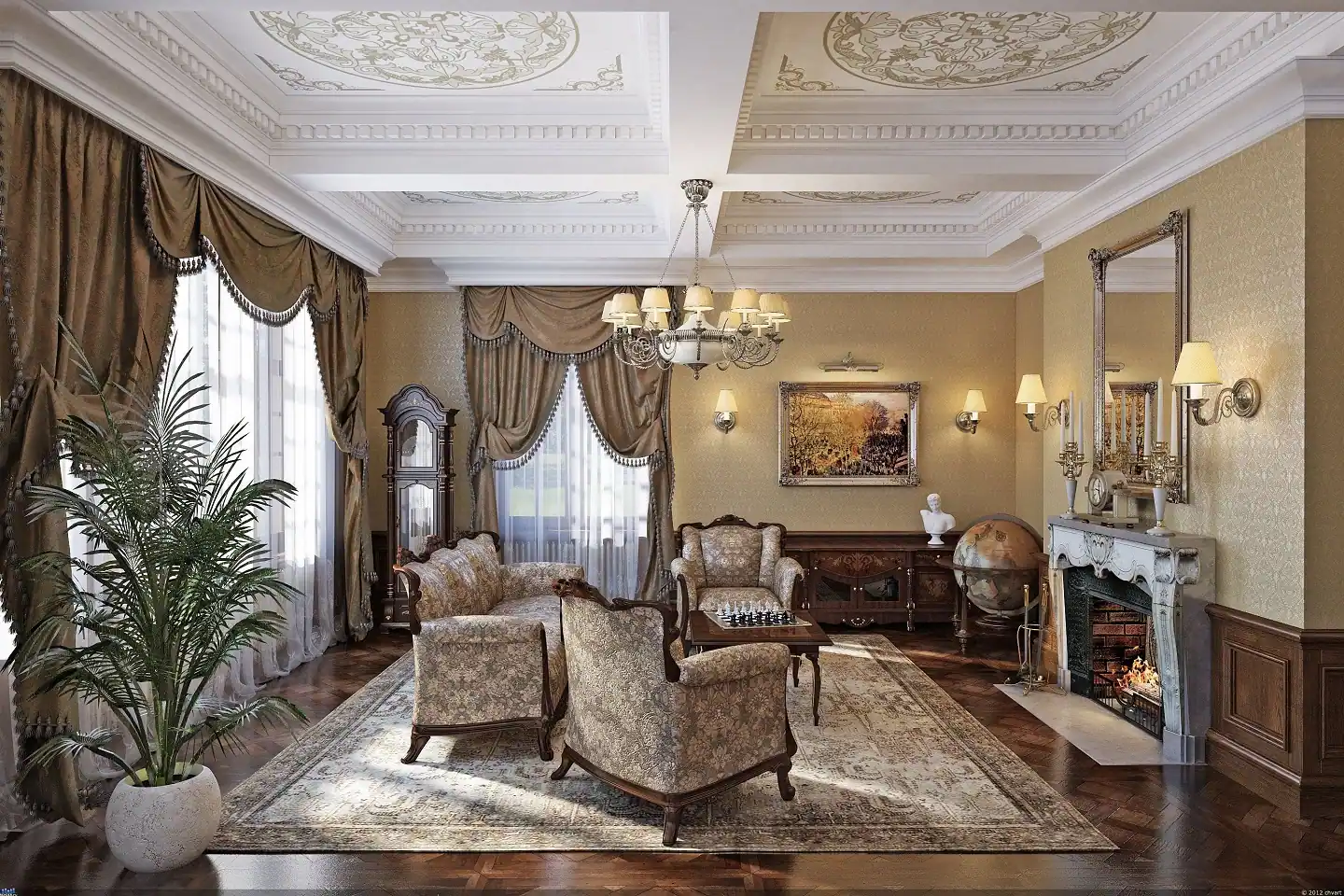
Classic interior design is an enduring style that exudes elegance, refinement, and a sense of timelessness. It draws inspiration from European aesthetics, particularly from Greek and Roman architecture. Key features of classic design include:
- Colors and Materials: Classic design often employs rich and warm colors such as deep reds, golds, and earthy tones. The use of luxurious materials like silk, velvet, and polished wood enhances the opulence of the style.
- Furniture and Décor: Classic interiors showcase furniture with ornate carvings, curved lines, and detailed craftsmanship. Upholstered chairs, chandeliers, and gilded mirrors add a touch of glamour. Elaborate moldings and architectural details, such as columns and cornices, are also characteristic of this style.
- Symmetry and Balance: Classic design places a strong emphasis on symmetry and balance. Furniture arrangements are often symmetrical, and accessories are evenly distributed throughout the space.
For everyone with any kind of taste, Flooring Outlet and More has a flooring special offer. Our floor outlet offers fit with any kind of interior design.
Gothic Interior Design

Gothic interior design draws inspiration from medieval architecture and aesthetics, evoking a sense of drama, mystery, and grandeur. Key elements of this style include:
- Colors and Mood: Gothic design embraces a dark color palette, including deep shades of black, purple, and red. These colors create an atmosphere of intrigue and richness.
- Architecture and Details: Pointed arches, ribbed vaults, and Stained glass windows are iconic features of Gothic architecture. In interior design, these elements are incorporated through arched doorways, intricate woodwork, and gothic-inspired lighting fixtures.
- Decorative Elements: Gothic interiors often feature decorative motifs such as gargoyles, grotesques, and intricate patterns like quatrefoils. Candelabras, wrought iron accents, and velvet drapes add to the overall ambiance.
Retro Interior Design
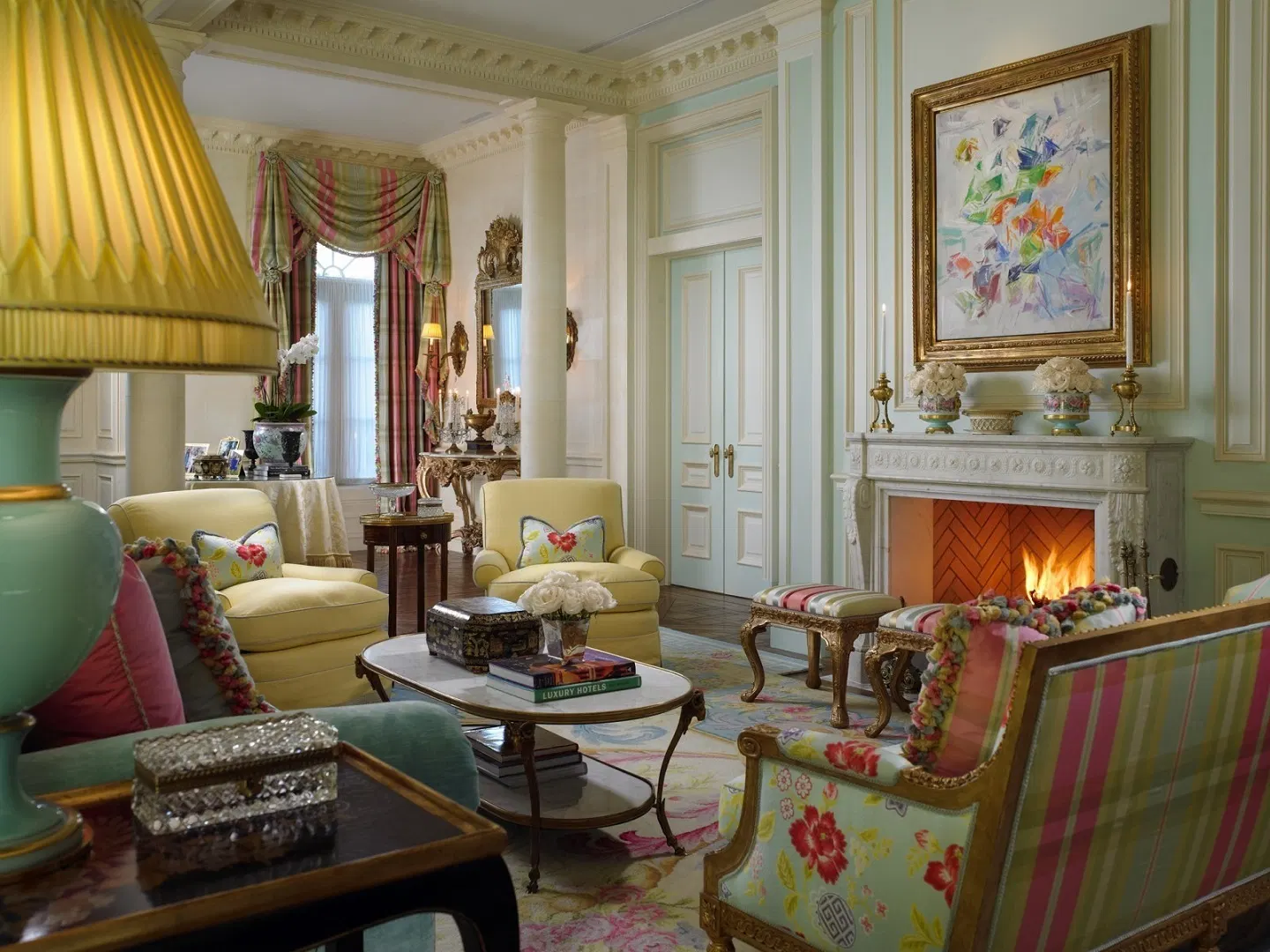
Retro interior design is a nostalgic style that draws inspiration from the past, particularly from the mid-20th century. It celebrates the vibrant colors, bold patterns, and unique designs of bygone eras. Key features of retro design include
- Colors and Patterns: Retro design embraces vibrant and contrasting colors, such as bright yellows, oranges, and blues. Geometric patterns, bold prints, and abstract designs are commonly used on wallpapers, upholstery, and accessories.
- Furniture and Accessories: Retro interiors often feature furniture with sleek lines and curved shapes. Iconic pieces from the 1950s and 1960s, like the Eames Lounge Chair or the Tulip Table, are popular choices. Vinyl records, vintage telephones, and retro appliances can add authenticity to the design.
- Pop Culture References: Retro design is closely associated with pop culture references from the era it represents. Movie posters, album covers, and vintage signage can be used as decorative elements to capture the spirit of the time.
Read more about flooring materials.
Zen Interior Design
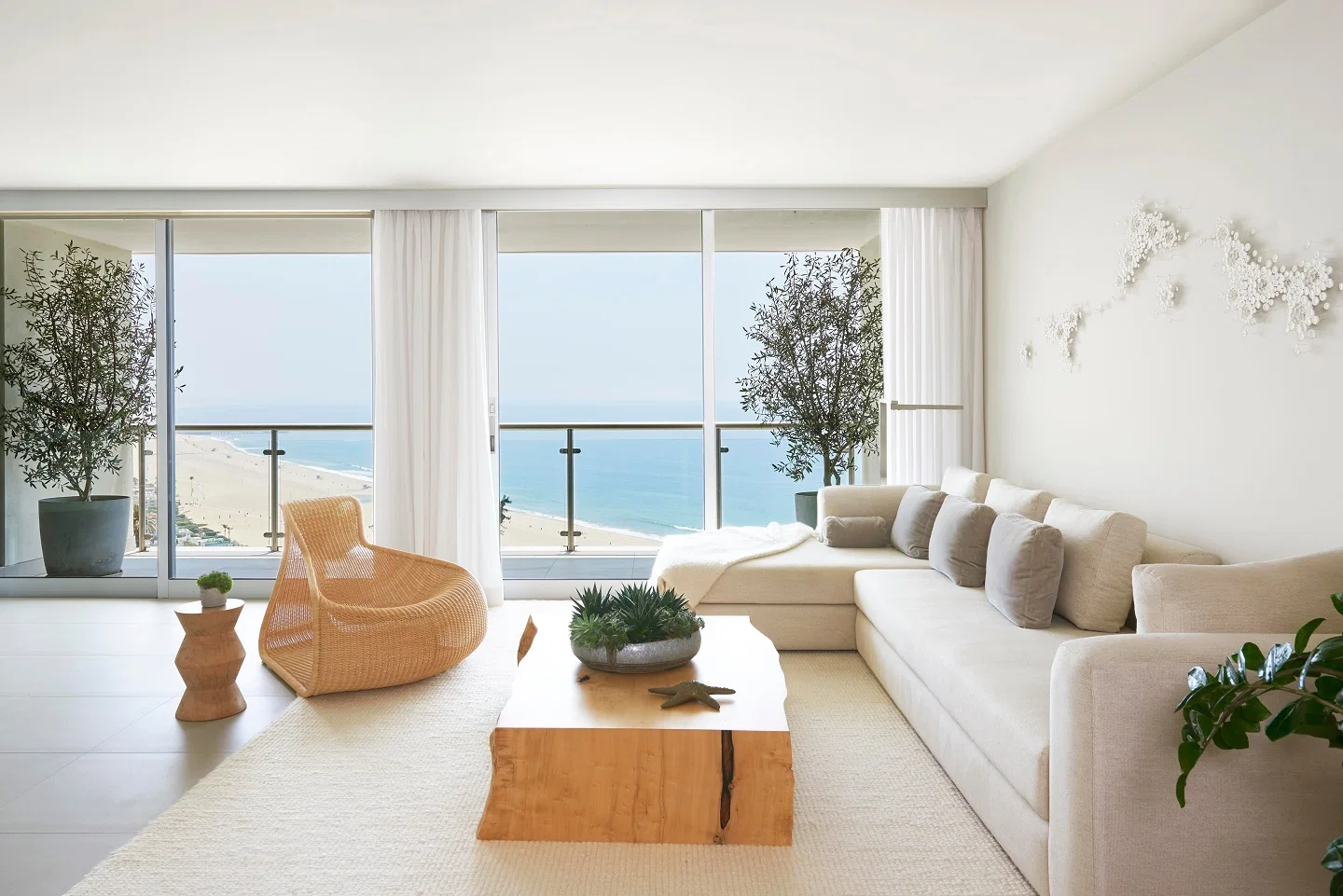
Zen interior design draws inspiration from Japanese aesthetics, aiming to create serene and tranquil spaces that promote relaxation and mindfulness. Zen interior design allows you to use your creativity in order to combine this interior design style with interior design trend colors to have a more stylish home design. Key features of Zen design include:
- Minimalism and Simplicity: Zen interiors embrace minimalism, with clean lines, uncluttered spaces, and a focus on essential elements. The design promotes simplicity and a sense of calm.
- Natural Materials: Zen design incorporates natural materials such as bamboo, stone, and wood. These materials bring warmth and a connection to nature.
- Neutral Colors: Zen interiors often use a neutral color palette consisting of whites, beiges, and earthy tones. This creates a soothing and harmonious atmosphere.
Victorian Interior Design
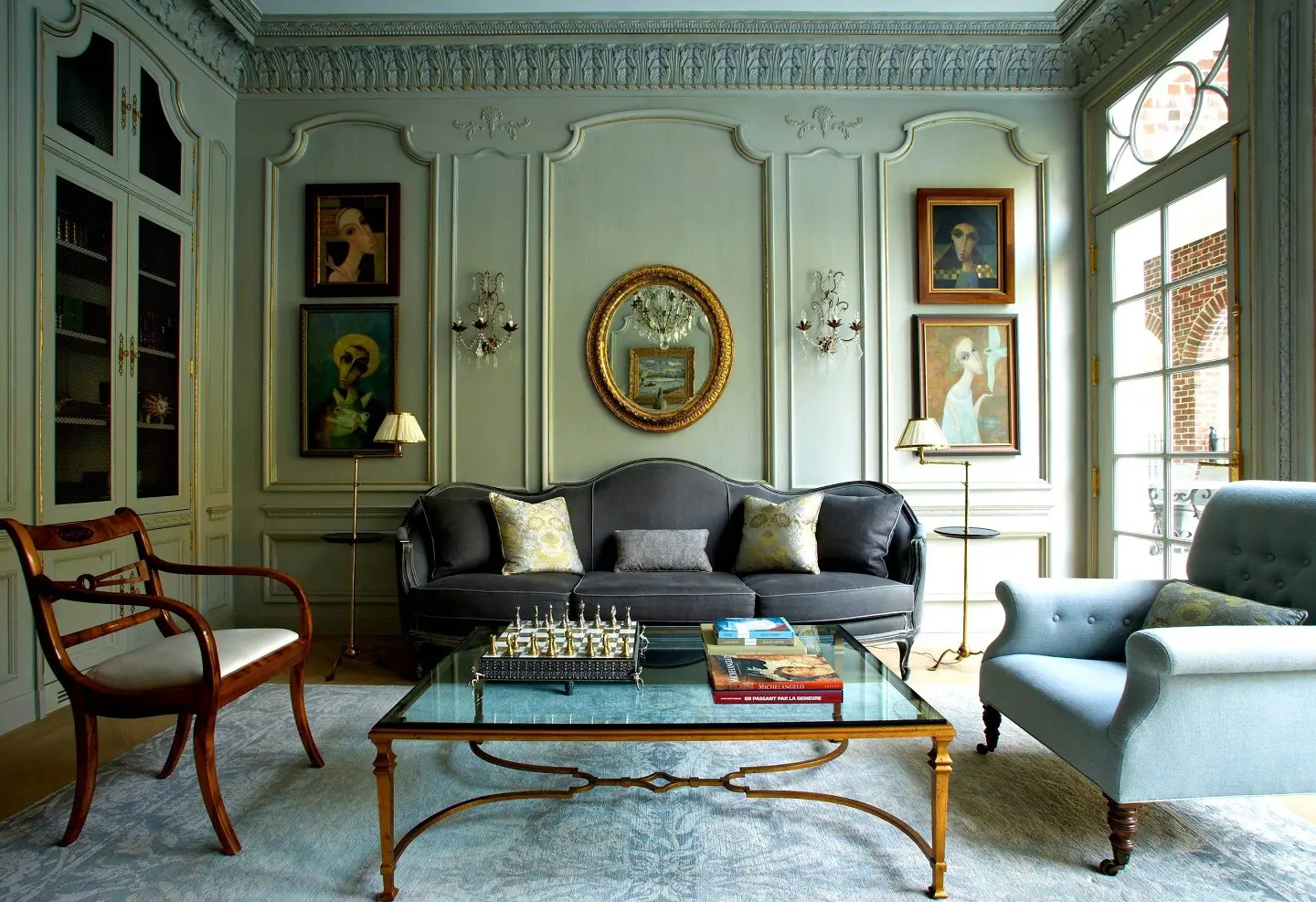
Victorian interior design takes inspiration from the Victorian era of the 19th century. It is characterized by its opulence, intricate details, and ornate decorations. Victorian interior design puts value on home accessories décor Key elements of Victorian design include:
- Colors and Fabrics: Victorian interiors feature rich and vibrant colors, including deep reds, purples, and greens. These colors are often complemented by luxurious fabrics like velvet, silk, and brocade.
- Furniture and Decorations: Victorian furniture is known for its curved lines, elaborate carvings, and plush upholstery. Decorative elements such as chandeliers, tapestries, and damask wallpapers add to the grandeur of the style.
- Patterns and Textures: Victorian interiors often incorporate patterns such as floral prints, damask, or paisley. Textured surfaces, such as embossed wallpapers or intricately patterned rugs, are also characteristic of this style.
Tropical Interior Design
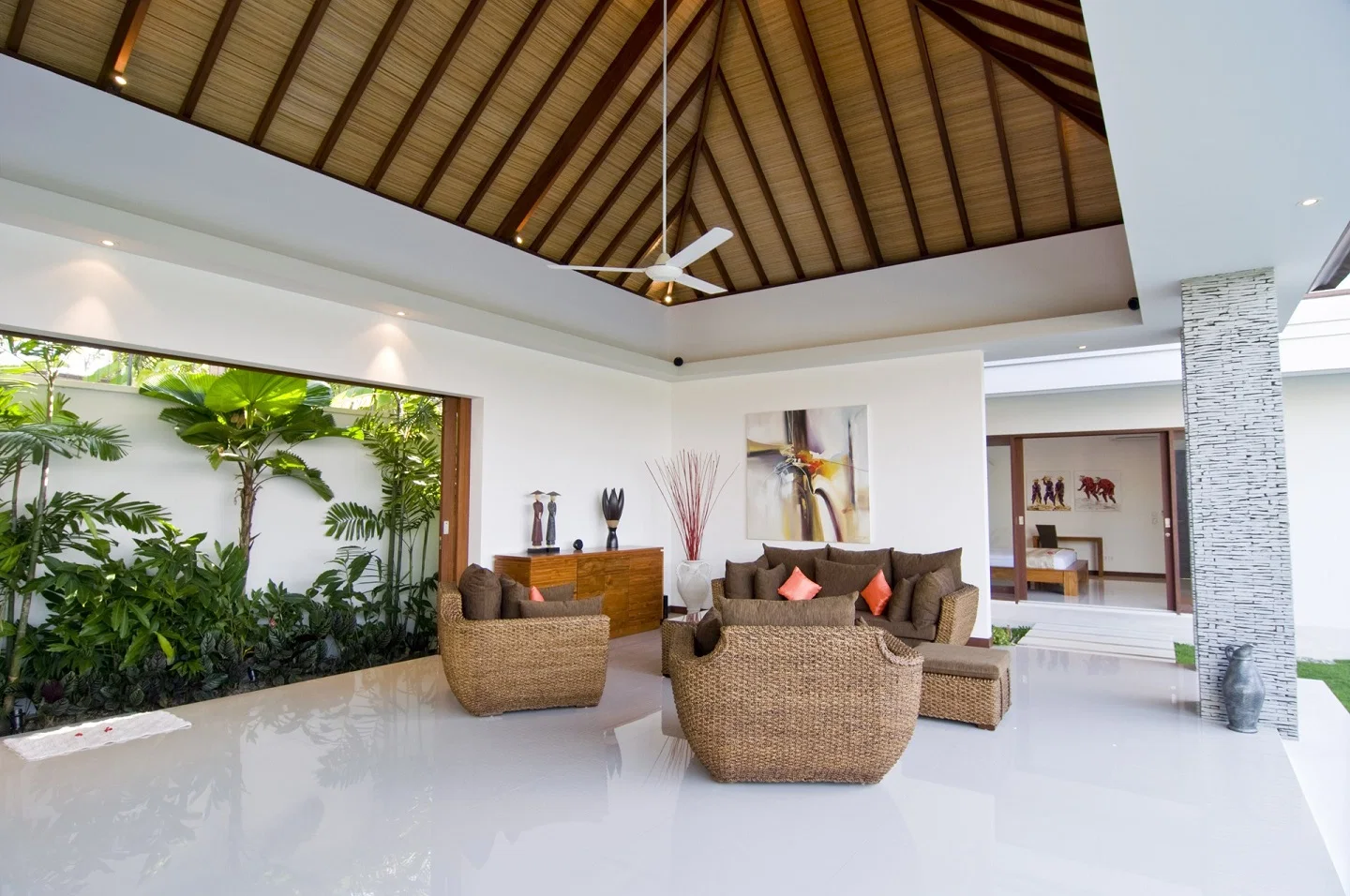
Tropical interior design brings the essence of the tropics into your living spaces, creating a relaxed and vacation-like atmosphere. Key features of tropical design include:
- Colors and Natural Elements: Tropical interiors embrace a vibrant color palette inspired by nature, including shades of turquoise, lime green, and coral. Natural elements such as rattan, bamboo, and tropical woods contribute to the tropical ambiance.
- Plants and Greenery: Plants play a crucial role in tropical design, adding lushness and freshness to the space. Large leafy plants, palm trees, and orchids are common choices.
- Textures and Patterns: Textures such as woven materials, grass cloth wallpapers, and rattan furniture enhance the tropical theme. Patterns inspired by tropical flora and fauna, like palm leaf prints or floral motifs, can be incorporated through textiles and wallpapers.
Coastal Interior Design

Coastal interior design captures the relaxed and breezy vibe of coastal living, incorporating elements inspired by the beach, sea, and nature. Key features of coastal design include:
- Colors and Tones: Coastal interiors feature a light and airy color palette, including shades of white, blue, and beige. These colors evoke a sense of freshness and openness.
- Natural Materials: Coastal design often incorporates natural materials like driftwood, seashell jute. These materials bring a rustic and beach-inspired charm to the space.
- Nautical Accents: Coastal interiors may feature nautical accents such as stripes, ropes, and anchor motifs. These elements create a sense of connection to the sea and the coastal lifestyle.
Conclusion
Interior design is a fascinating and creative endeavor that allows us to express our individuality and create unique living spaces. From the timeless elegance of classic design to the whimsical charm of retro interiors, from the serene simplicity of Zen aesthetics to the tropical vibes of coastal living, each style offers a distinct ambiance and appeal. By understanding the defining characteristics and key elements of these interior design styles, you can choose the one that resonates with your personality and preferences. So go ahead, embark on your design journey, and create a space that reflects your style and makes you feel truly at home.



Did you find what you were looking for?